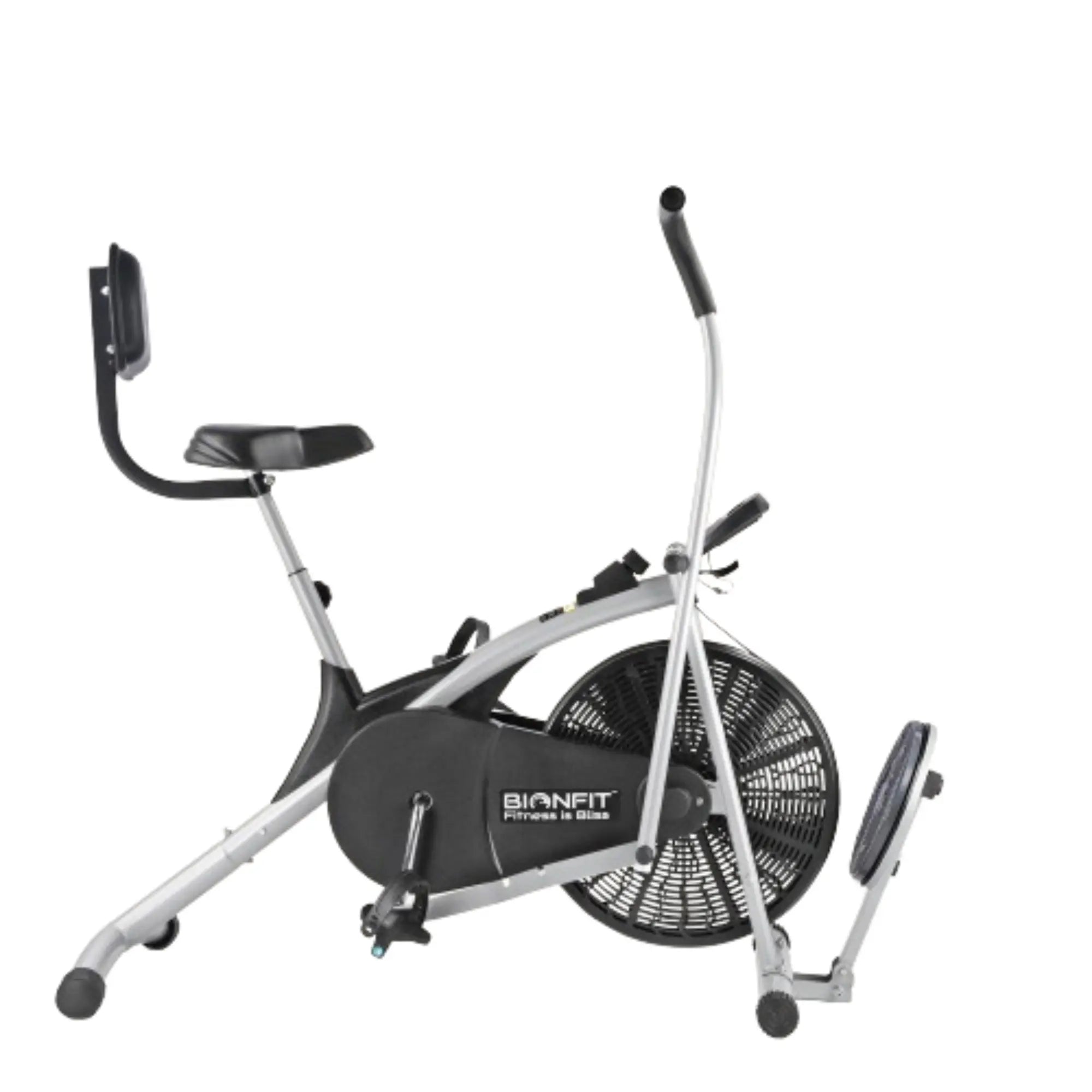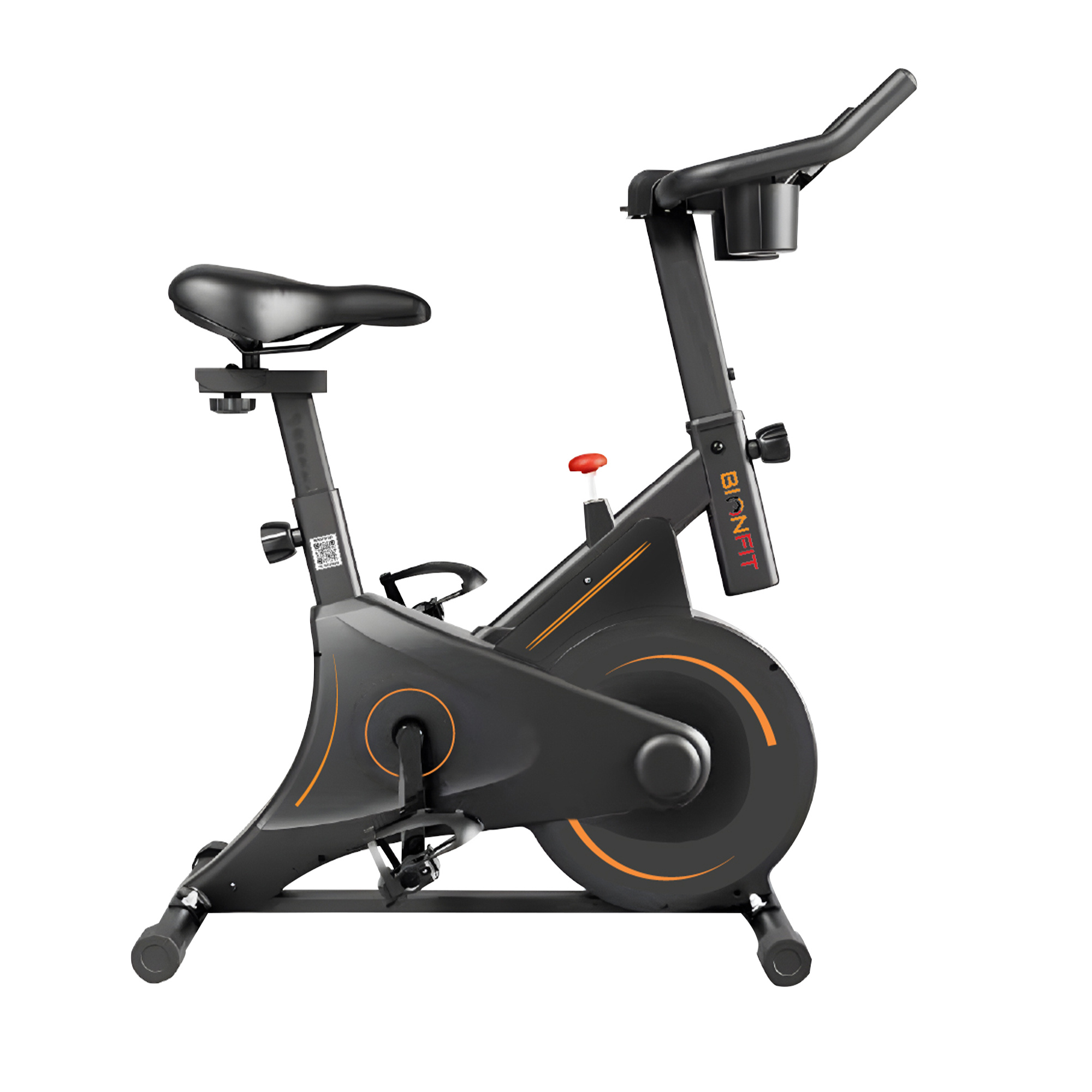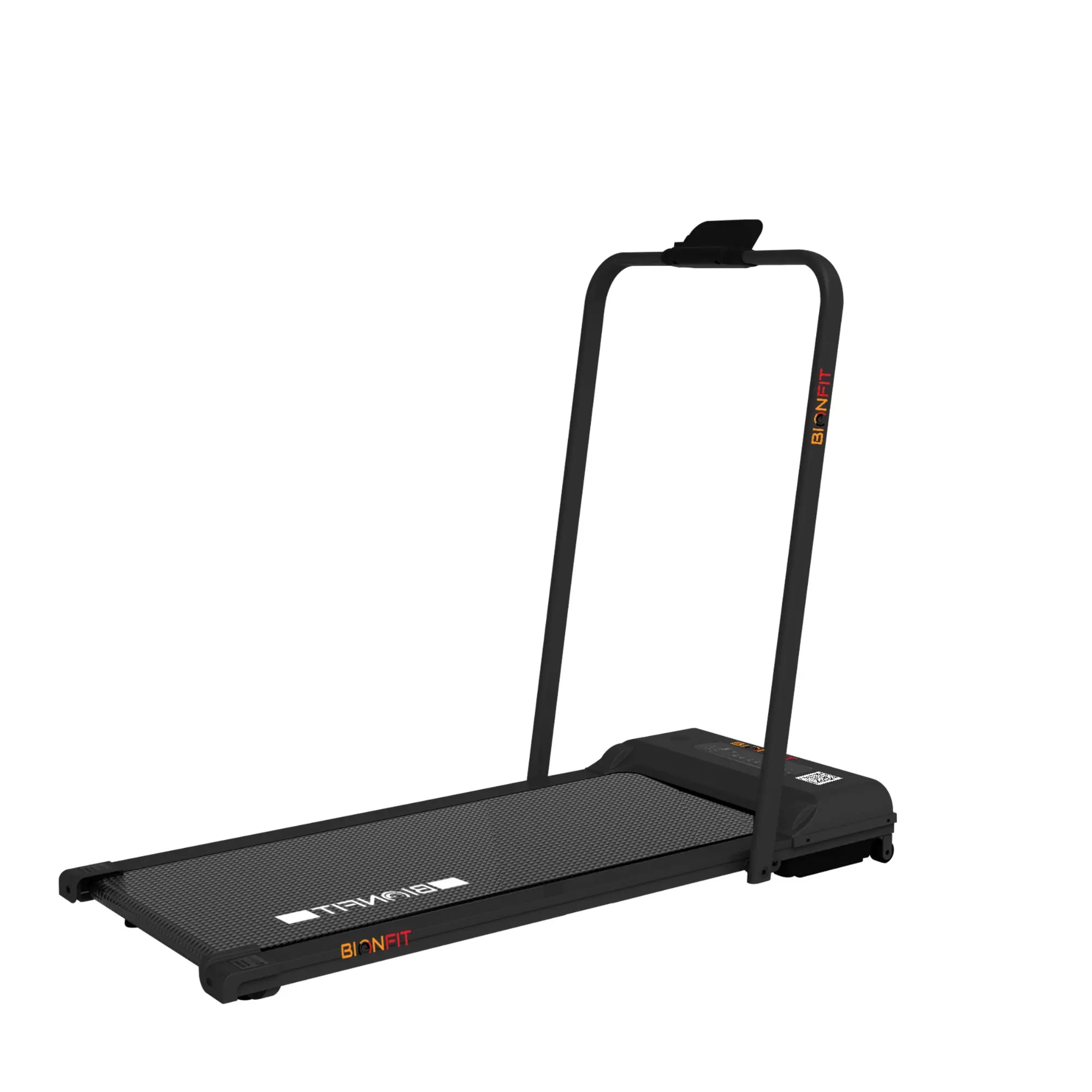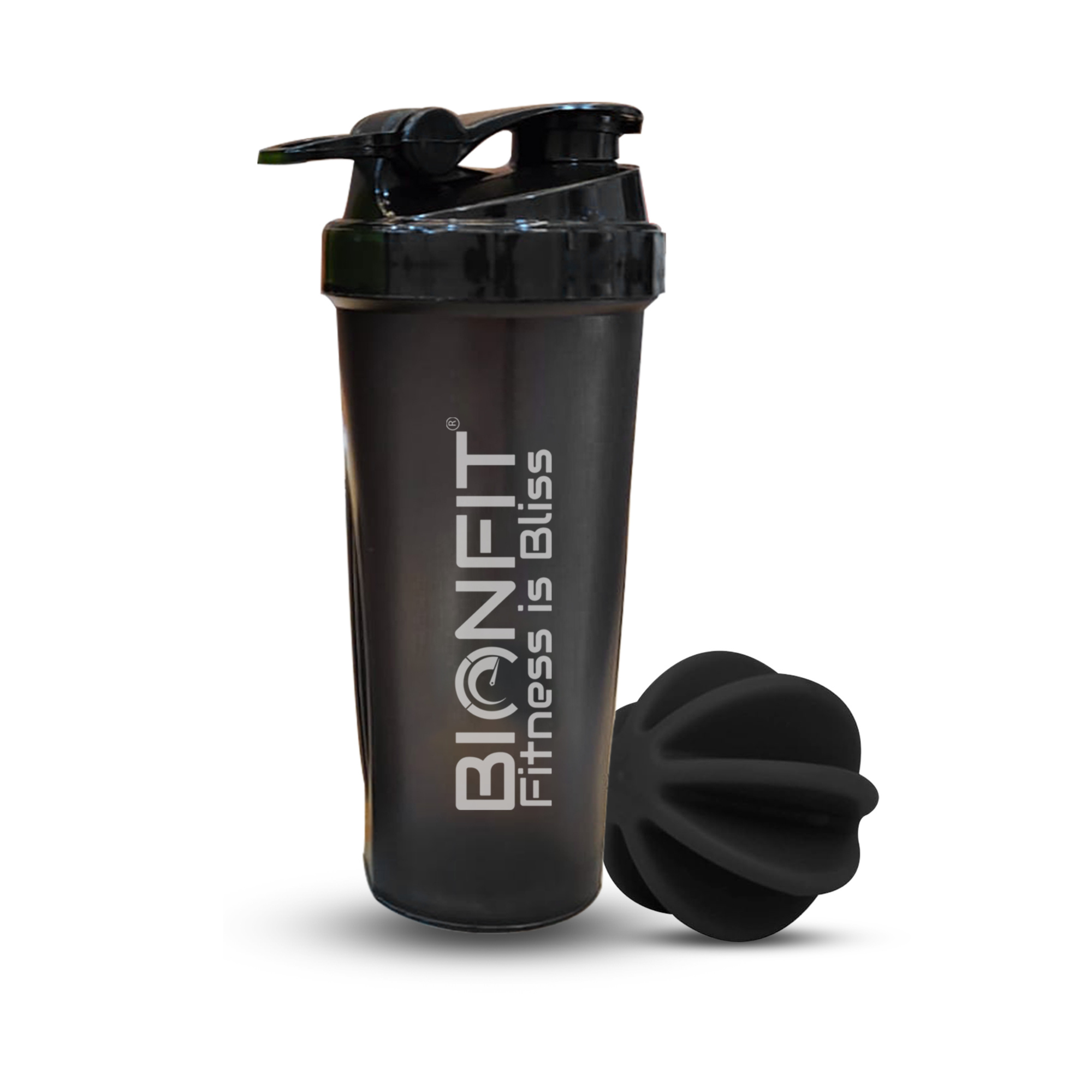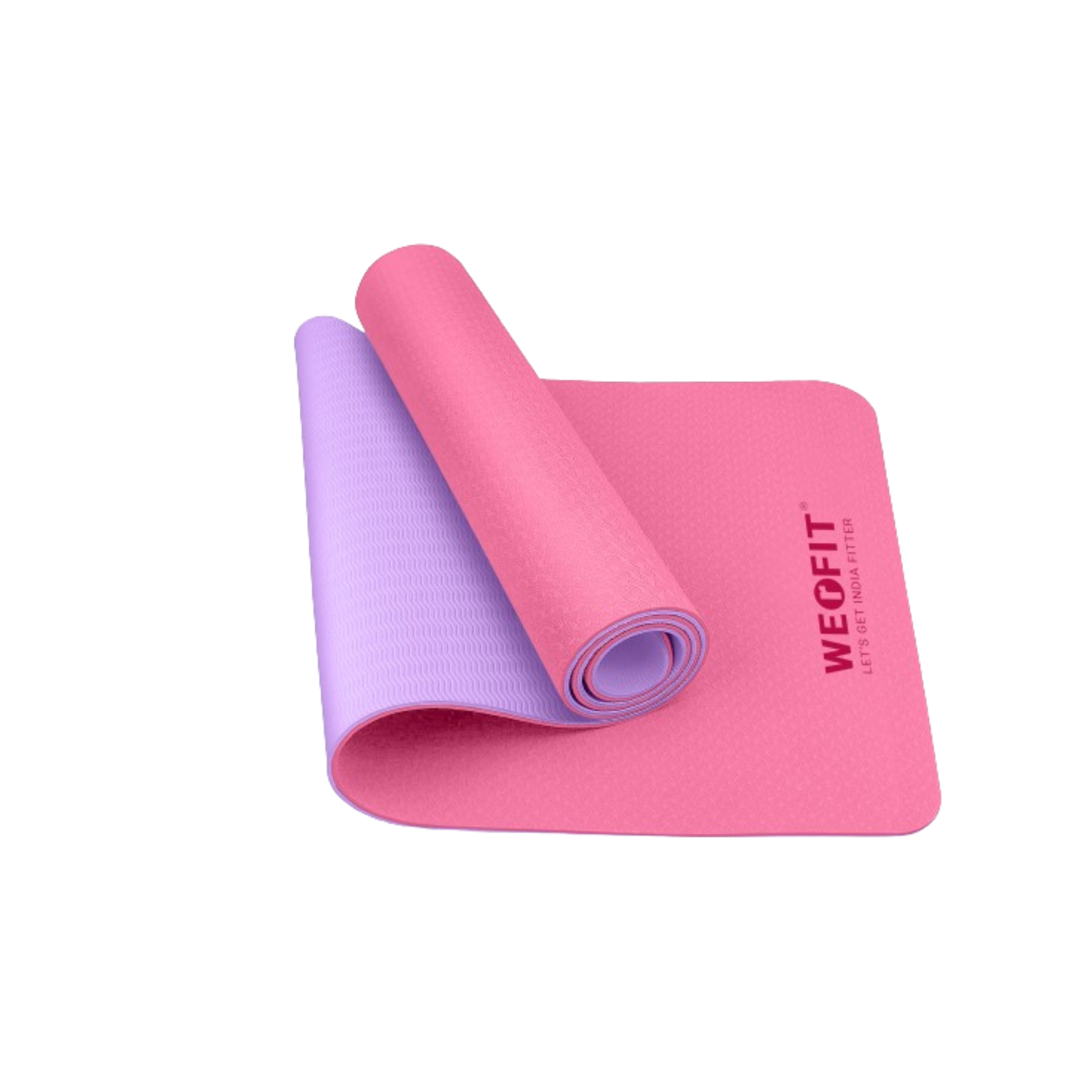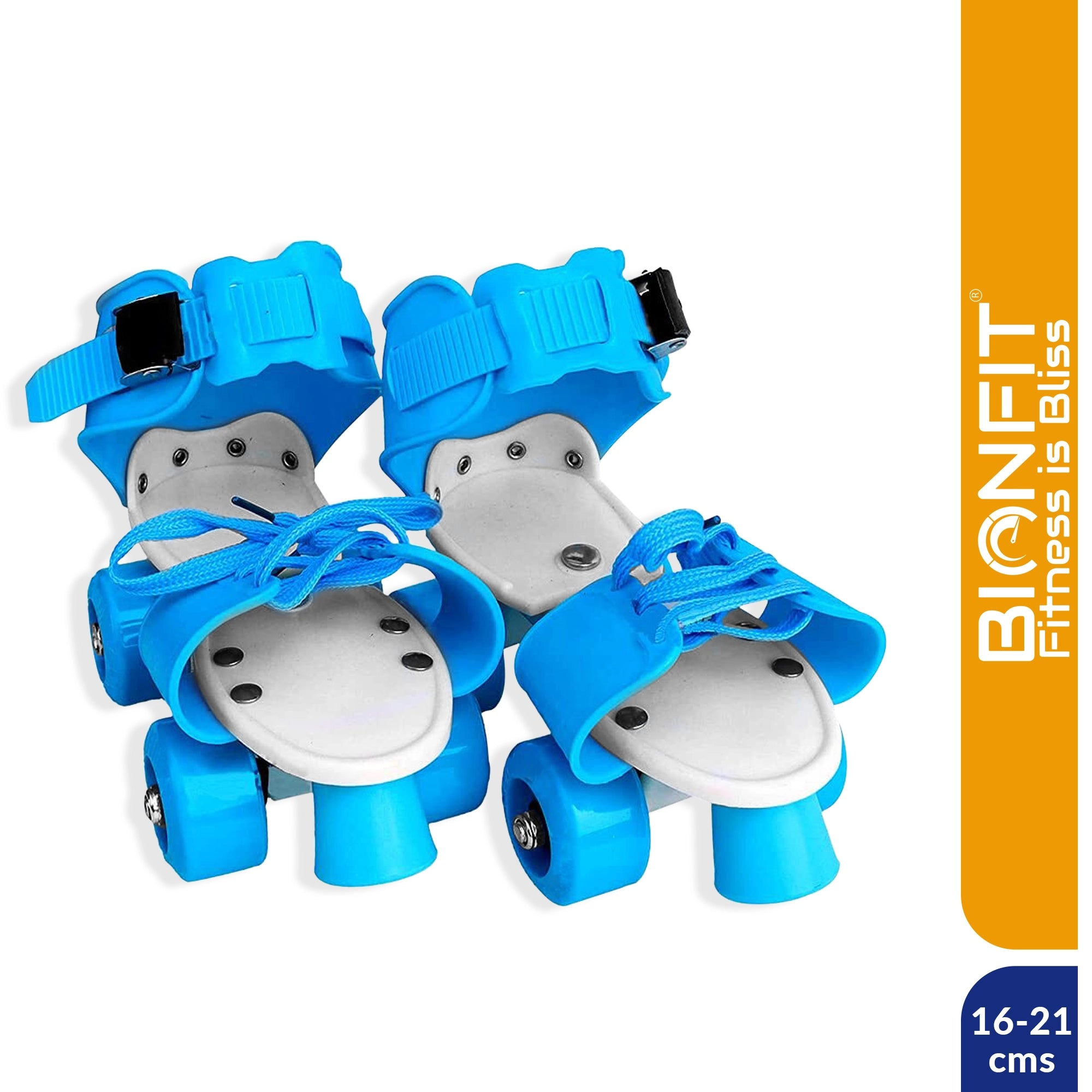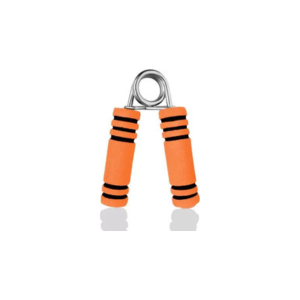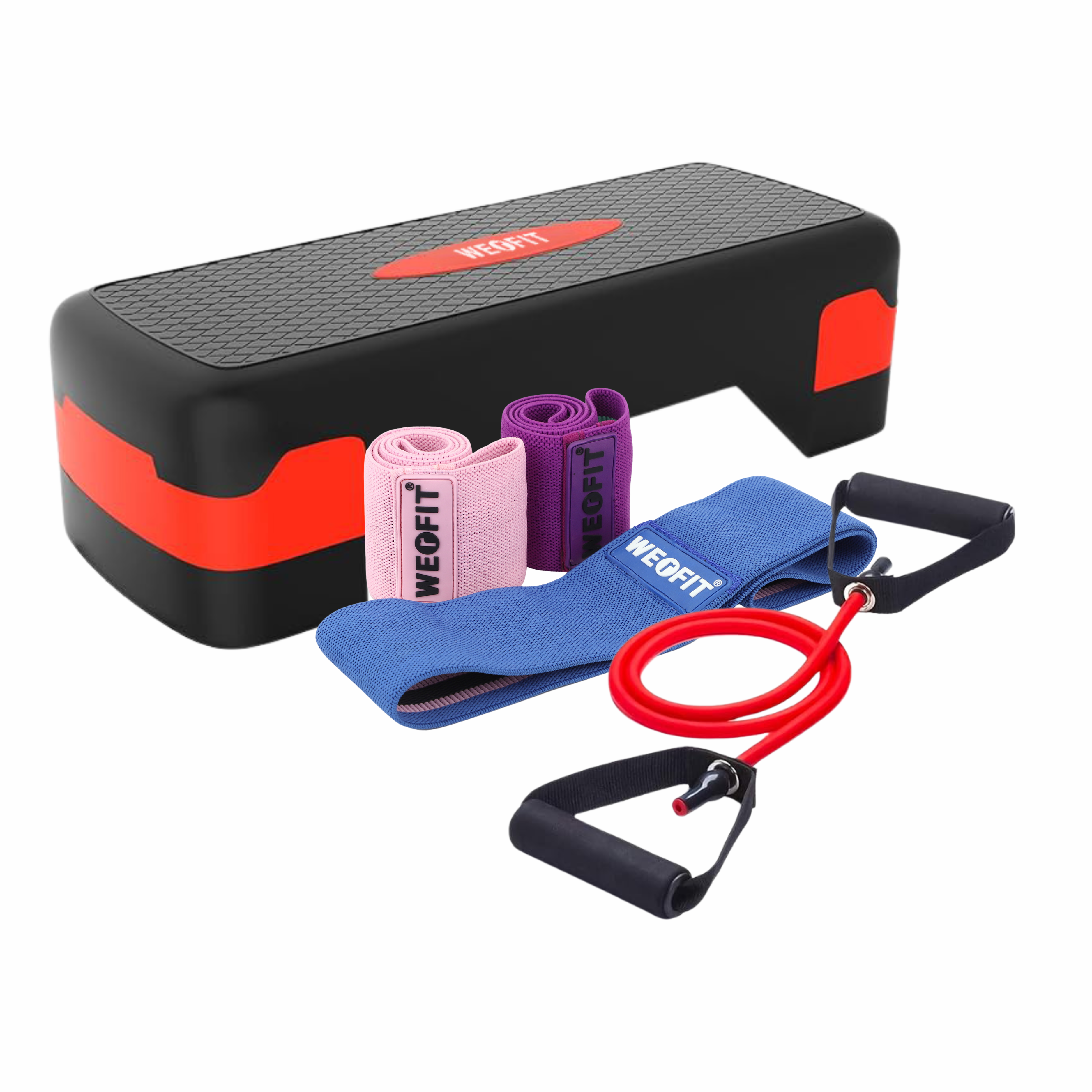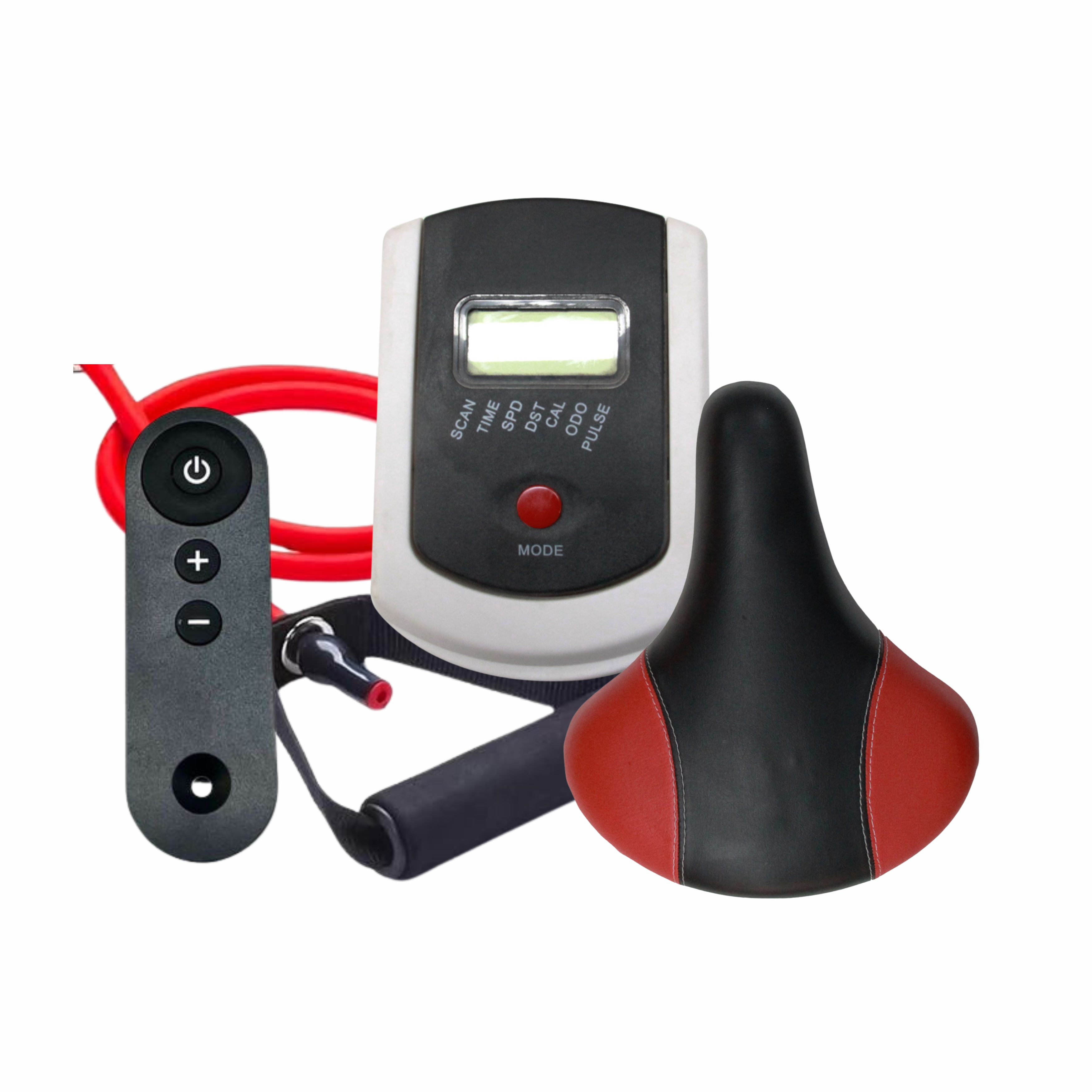
The Role of BIONFIT Air Bikes in Physical Therapy
The Role of BIONFIT Air Bikes in Physical Therapy
Introduction
Physical therapy is a vital part of recovery for individuals dealing with injuries, surgeries, or chronic conditions. While there are numerous tools and techniques available, one emerging star in rehabilitation is the BIONFIT Air Bike. Known for its versatility and low-impact nature, the BIONFIT Air Bike is quickly becoming a favorite among therapists. But what makes it so special? And how can it help patients regain strength, mobility, and endurance?
In this blog, we'll dive into the benefits of the BIONFIT Air Bike, explore how it supports various stages of physical recovery, and provide actionable insights for therapists looking to enhance their treatment plans.
1. What is a BIONFIT Air Bike?
A BIONFIT Air Bike is a high-quality stationary exercise bike equipped with a fan wheel, which provides resistance proportional to the effort the user exerts. Unlike traditional stationary bikes, the air bike uses air resistance, making it highly adaptable to users of all fitness levels. The harder you pedal, the more resistance you encounter.
For physical therapy, this is key. It allows patients to control their workout intensity, making it easier for therapists to adjust and monitor progress as the patient improves over time.
2. Benefits of Using the BIONFIT Air Bike in Physical Therapy
a. Low-Impact Exercise
One of the most important aspects of any rehabilitation program is ensuring exercises are low-impact. Injured or recovering individuals need workouts that avoid excessive stress on joints. The BIONFIT Air Bike provides a smooth, fluid motion that minimizes impact, making it ideal for individuals recovering from joint replacements, sports injuries, or chronic conditions such as arthritis.
b. Full-Body Engagement
While many cardio machines focus solely on the lower body, the BIONFIT Air Bike offers full-body engagement. The bike’s moving handlebars encourage patients to use both their arms and legs, which can aid in rehabilitating multiple muscle groups simultaneously. This feature is especially beneficial for patients who have suffered upper-body injuries and need a tool that can provide total-body conditioning.
c. Adjustable Resistance
With its air resistance technology, the BIONFIT Air Bike adapts to the patient's effort level. This makes it an excellent tool for graded exercise, allowing therapists to gradually increase intensity based on the patient’s progress. For someone recovering from surgery or an injury, starting slow and building up endurance is key to avoiding setbacks. The bike’s resistance naturally matches the patient's output, providing a customizable workout experience without complicated manual adjustments.
d. Cardiovascular and Muscular Benefits
The BIONFIT Air Bike is effective in both cardiovascular and muscular rehabilitation. By encouraging both upper and lower body movement, patients can build cardiovascular endurance while strengthening key muscle groups. This dual action can be critical for patients with limited mobility who need a tool that provides a comprehensive workout.
3. How BIONFIT Air Bikes Support Different Stages of Rehabilitation
The role of air bikes in physical therapy extends across several stages of the rehabilitation process. Here's how they can be used in different phases:
a. Early-Stage Rehabilitation
In the early stages of recovery, especially after surgeries or serious injuries, low-intensity exercise is crucial to prevent muscle atrophy and to promote circulation. The BIONFIT Air Bike allows patients to perform light, controlled movements that aid in improving range of motion without overexertion. Therapists can focus on gentle rides with minimal resistance, encouraging patients to gradually re-engage their muscles.
b. Mid-Stage Recovery
As patients progress, they can begin using the bike to build stamina and strength. The customizable resistance makes it easy for therapists to increase the workout intensity in controlled increments. By this stage, patients are typically ready for more dynamic movements, and the full-body nature of the BIONFIT Air Bike can promote balance and coordination—key components of many physical therapy programs.
c. Late-Stage Recovery and Performance Training
In the final stages of rehabilitation, many patients will focus on regaining full function and preventing future injuries. The BIONFIT Air Bike's adjustable intensity allows patients to challenge themselves with more vigorous sessions. For athletes or highly active individuals, the air bike can also be used for high-intensity interval training (HIIT), ensuring that they not only recover but also rebuild strength and endurance at an advanced level.
4. Real-World Applications of BIONFIT Air Bikes in Therapy
a. Post-Surgery Recovery
Patients recovering from surgeries, such as knee or hip replacements, need gradual strengthening exercises that don't put excess strain on healing joints. The BIONFIT Air Bike is ideal in these cases, as it allows patients to engage in controlled, non-weight-bearing movements. The smooth pedaling motion promotes circulation, reducing the risk of blood clots while helping to restore mobility.
b. Arthritis Management
For individuals with arthritis, traditional cardio machines may exacerbate joint pain. The air bike's gentle, flowing movements make it an excellent option for low-impact cardio. Therapists can recommend it to clients as part of a long-term arthritis management program that combines cardiovascular fitness with joint-friendly exercise.
c. Neurological Rehabilitation
Patients dealing with neurological conditions such as stroke may require careful exercise regimens that focus on rebuilding motor skills and coordination. The BIONFIT Air Bike’s dual-action handles encourage symmetrical movement, which can help in reestablishing balance and coordination in patients with compromised motor function.
5. How Physical Therapists Can Incorporate BIONFIT Air Bikes into Treatment Plans
Integrating the BIONFIT Air Bike into a therapy regimen involves several key considerations:
a. Tailored Warm-Ups
Before engaging in more intensive exercises, patients can use the air bike for gentle warm-ups. These warm-ups prepare muscles and joints for additional activity, reducing the risk of injury.
b. Interval Training for Cardio Health
For patients in the later stages of recovery, interval training using the BIONFIT Air Bike can help build endurance and cardiovascular health. By alternating between periods of high intensity and rest, therapists can create a program that pushes the patient without overstressing their body.
c. Strength Building for Upper and Lower Body
With its combination of leg pedaling and arm pulling/pushing, therapists can use the air bike to design balanced strength-building routines. This is particularly useful for patients who need to work on both their upper and lower body simultaneously.
d. Progress Tracking
By adjusting the time, resistance, and intensity, physical therapists can track patient progress and gradually increase the difficulty as the patient improves. The bike’s ability to provide measurable resistance allows for a clear assessment of improvements in strength, endurance, and overall fitness.
Conclusion
The BIONFIT Air Bike is a versatile, adaptable tool that offers numerous benefits for physical therapy patients at all stages of recovery. Whether you are recovering from surgery, managing a chronic condition, or working on improving overall mobility, the air bike provides a safe, effective way to rebuild strength and endurance. For therapists, its full-body engagement and adjustable resistance make it an invaluable tool for creating individualized treatment plans.
As the healthcare community continues to evolve, tools like the BIONFIT Air Bike will play a growing role in helping patients achieve their recovery goals more efficiently and effectively.
Follow us for more updates.

